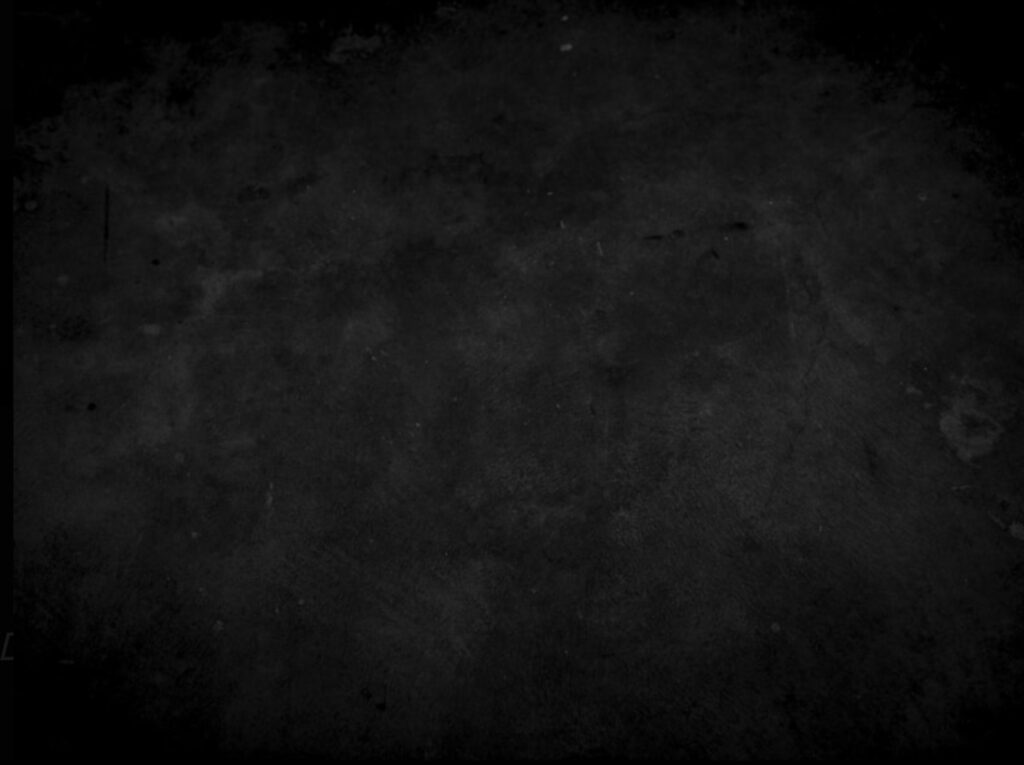Salvador Dalí’s The Sacrament of the Last Supper stands apart from his more famous melting clocks and elephants on stilts. Completed in 1955, this oil painting reimagines one of Christianity’s most iconic moments through a surrealist lens yet does so with unexpected restraint and spiritual sincerity.
Unlike Leonardo da Vinci’s celebrated fresco, which captures the dramatic moment when Christ announces his betrayal, Dalí focuses on the Eucharistic sacrament itself. The result is a work that sparked controversy, divided critics, and continues to draw crowds at the National Gallery of Art in Washington, D.C.
What Makes This Painting Different?
The Sacrament of the Last Supper measures 166.7 x 267 cm (roughly 65.5 x 105 inches), with dimensions deliberately chosen to reflect the golden ratio — a mathematical proportion Dalí believed held divine significance. The painting depicts Christ and his twelve apostles gathered around a table, but the scene unfolds within a transparent dodecahedron, an ancient geometric symbol of heaven.
Christ sits at the center, positioned precisely on the horizon line. His torso appears translucent, allowing viewers to see the Catalonian landscape beyond — a view from Dalí’s own home on Spain’s northeastern coast. Above him floats a massive torso without a head, interpreted by many as God the Father. A barely visible dove perches on Christ’s left shoulder, representing the Holy Spirit.
The apostles, dressed in white and blue robes, bow their heads in prayer. Dalí painted them as mirror images of one another, creating a sense of symmetry that reinforces what he called the painting’s essential message: “Communion must be symmetric.”
Breaking with Da Vinci’s Tradition
Leonardo’s Last Supper, painted between 1495 and 1498, revolutionized religious art by capturing raw human emotion at a pivotal narrative moment. Each apostle reacts differently to Christ’s announcement of betrayal — some recoil in shock, others lean forward in disbelief.
Dalí took a different approach. Rather than depicting a historical event, he aimed to represent the spiritual reality of the Eucharist as it occurs in every Mass. He wasn’t interested in drama or betrayal. Instead, he wanted to make visible the connection between earthly worship and heavenly reality.
This theological interpretation didn’t sit well with everyone. Some critics dismissed the painting as mediocre, arguing that Dalí had abandoned the provocative edge that defined his earlier work. The National Gallery of Art itself seemed uncertain about the piece, hanging it in a corner near the elevators rather than giving it prime gallery space.
The Nuclear Mysticism Period
Dalí created this work during what he called his “Nuclear Mysticism” phase, a period following World War II when he became fascinated by nuclear physics, optical illusions, and renewed Catholic faith. After returning to Catholicism in 1949, Dalí sought to merge scientific understanding with mystical experience.
The dodecahedron wasn’t just a geometric curiosity. For Dalí, it represented how modern physics was revealing new dimensions of reality that ancient mystics had intuited. The transparent structure suggests that heaven and earth occupy the same space, separated only by perception.
Controversial Choices
One aspect that stirred debate was Dalí’s decision to give Christ the facial features of his wife, Gala. To some viewers, this felt like narcissistic self-insertion. To others, it reflected Dalí’s belief that the divine could be found in earthly love.
The backdrop — that serene Catalonian bay — also raised eyebrows. Why place the Last Supper in modern Spain rather than ancient Jerusalem? Dalí’s answer was embedded in his theological vision: the Eucharist transcends time and place. Every celebration of communion makes present the original Last Supper, regardless of geography or era.
Why It Still Matters
Despite critical hostility, The Sacrament of the Last Supper remains one of the National Gallery’s most popular works. Donated by collector Chester Dale in 1956 (the painting was never commissioned), it has drawn millions of visitors who find something in Dalí’s vision that resonates beyond artistic fashion.
The painting represents an artist grappling with faith, science, and meaning in the shadow of global conflict. Dalí wasn’t trying to shock or provoke. He was attempting something more ambitious: to visualize the invisible reality Christians believe occurs at every altar.
Where to See It
You’ll find The Sacrament of the Last Supper at the National Gallery of Art in Washington, D.C., on the West Building Ground Floor in the Fourth Street Hallway. Yes, it’s still by the elevators. But don’t let placement diminish your experience — stand before this 105-inch-wide canvas and decide for yourself whether Dalí succeeded in his mystical ambitions.
The artist signed it simply: “Gala Salvador Dali 1955,” inscribed in dark brown on the white tablecloth. It’s a signature that anchors an otherwise otherworldly scene, reminding viewers that even transcendent visions require human hands to bring them into being.
